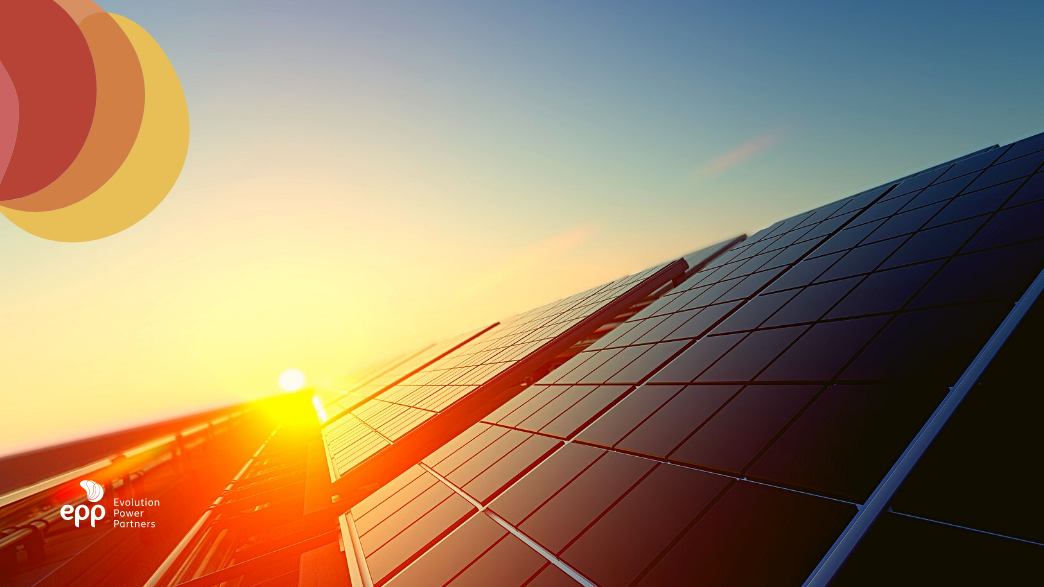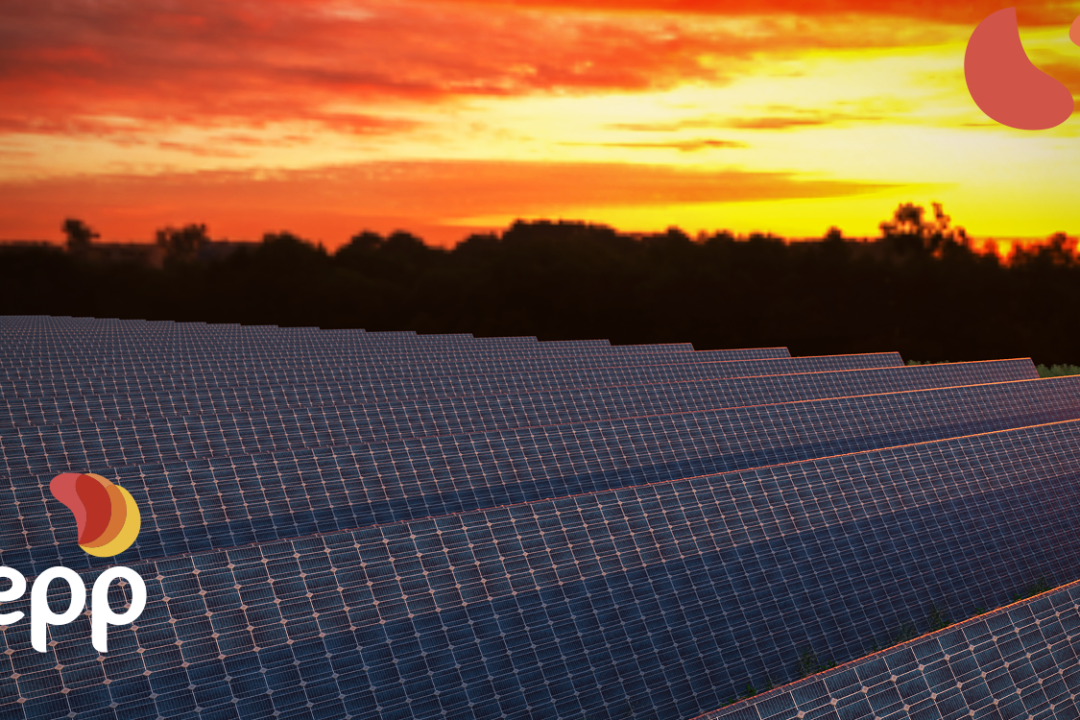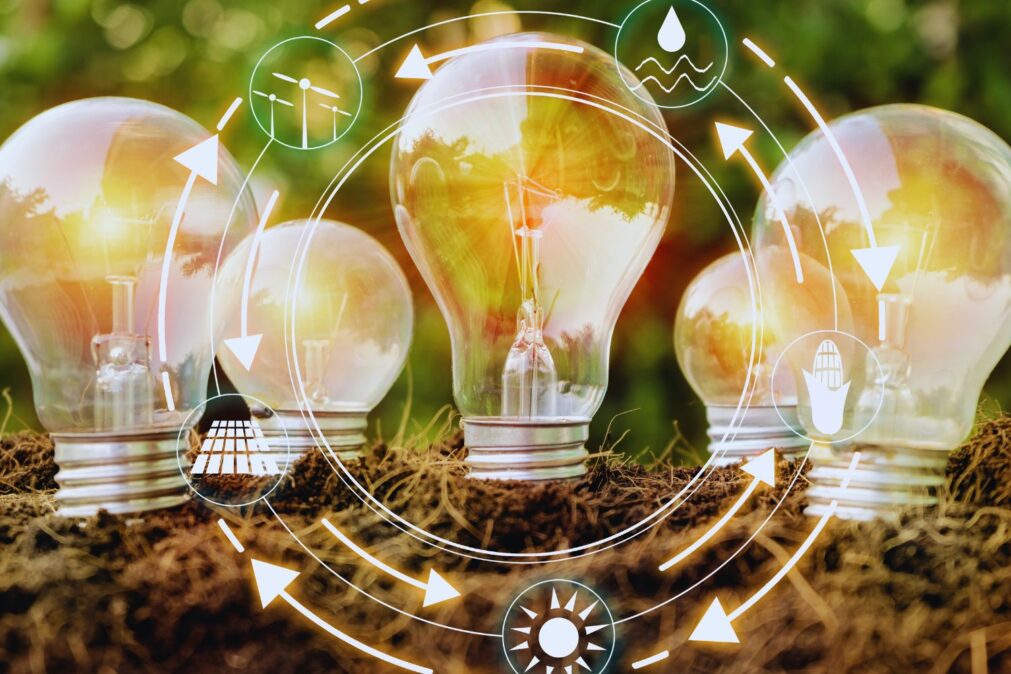The installed capacity of solar energy has broken records in Brazil. See the reasons and understand the importance of this growth.
In August, Brazil broke the record for the installed capacity of the photovoltaic solar source, reaching the historic mark of 10 gigawatts (GW). The data are from the Brazilian Association of Photovoltaic Solar Energy (Absolar).
According to the Association, the photovoltaic systems installed in the country already represent more than 70% of the power of the Itaipu plant, the second largest plant in the world. Thus, solar energy shows its strength and strategic representation to supply energy demand and be a driving source of economic growth in Brazil.
The increase in the installed capacity of solar energy
Photovoltaic distributed generation grows 230% per year in Brazil and this number continued to grow even during the pandemic. In 2019, for example, the country had 1GW of installed GD power. In January 2020, it doubled to 2GW, reaching 3GW in June. According to Absolar, in the last 7 years, photovoltaic energy, both centralized and distributed generation, grew at an average rate of 150% per year, reaching 6 GW in 2020.
Solar energy has also been growing on rural properties. The installed power of this source in rural Brazil more than doubled in the first half of 2020 compared to 2019, according to Canal Solar.
With this growth, Brazil entered the group of countries with the largest installed capacity for solar energy. In 14th position, we are the only country in Latin America in the top 15 of the world ranking organized by the International Agency for Renewable Energies (Irena). China leads the way with 253.8 GW of installed capacity, followed by the United States with 73.8 GW, Japan with 68.6 GW, Germany with 53.7 GW and India 38.9 GW.
Why does this font grow so much?
In recent years, not only in Brazil, but throughout the world, there has been an increase in the use of cleaner and renewable sources. In the case of solar energy in Brazil, it alleviates the budget of families and companies, reducing the electricity bill by up to 90%. According to Sebrae, the electricity bill is the second biggest burden on the costs of micro and small businesses. Therefore, there is a major migration to the distributed generation model.
Currently, the biggest share of the generation comes from the roofs. While solar plants have an installed capacity of 3.5 GW, their own energy generation reaches 6.5 GW. This shows that, in addition to awareness, there is an increase in the dissemination of the model, whether by companies that perform this service and even government and public bodies that encourage and encourage this adherence.
In addition, there is an increase in social responsibility, causing people and organizations to opt for renewable sources to maintain the environment. Recently, solar has surpassed the installed power of thermoelectric plants powered by fossil fuels, showing how the energy transition has advanced. Large solar plants generate electricity at a cost up to ten times less than fossil thermoelectric plants or energy imported from neighboring countries.
The importance of increasing the use of this source
This increase is essential to diversify the country’s energy supply, reducing dependence on hydroelectric generation. At the moment, the country is experiencing a water crisis and if the solar had a greater representation, the negative impacts would certainly not be so great. Another point is that the solar source has already brought to the country more than R$ 52 billion in new investments since 2012, generated more than 300 thousand jobs and avoided the emission of 10.7 million tons of CO2.
Even with the increases, the Energy Research Company (EPE) emphasizes that the contribution of the solar source in the energy system is still small, reaching 2% of the energy supply. However, expectations for the 2030 Ten-Year Energy Expansion Plan are that the source will reach 5% of all electricity generation this year.
If you liked the content and want to read more about the fonts used in Distributed Generation in Brazil, visit the blog.






